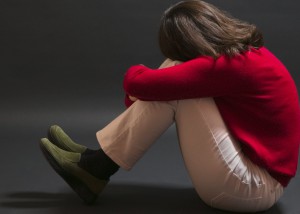Creating Low-Vision Accommodations in Your Home
 When you’re trying to manage your household with low vision there are two steps you can take to help make your daily life easier: adjusting your lighting and labeling and marking difficult to read items.
When you’re trying to manage your household with low vision there are two steps you can take to help make your daily life easier: adjusting your lighting and labeling and marking difficult to read items.
- Lighting
You should always position lighting so that it is aimed at what you want to see, and away from your eyes. Make sure you add table and floor lamps in dark areas where extra lighting is frequently needed. When it comes to natural light, use window coverings that allow you to adjust the level of natural lighting. Make sure potentially hazardous areas such as entries and stairways are always well lit. - Labeling and Marking
Use high contrast, such as bold black lettering on a white background, when making labels, signs, and other markings to help identify hard-to-see. Post signs at eye level. Label any medications you take so that they are easily and clearly identified. Use colored, high-contrast labels to “color code” medications, spices, foods, and other items. In addition to marking medication, you should mark the positions of the temperature settings you use most frequently on your stove and oven controls, as well as the “on” and “off” positions. Some appliances are available with extra-large, high-contrast markings and indicators. In the kitchen and bathroom, mark the settings for the faucets that provide the right water temperature. To prevent overfilling a sink or bathtub, mark the water level you want with a strip of waterproof tape or waterproof marker. Mark the areas around stairways and ramps with paint or tape, preferably with a high-contrast color such as dark tape on light carpeting.
These are just a few suggestions on ways you can make living with low vision easier and safer. Low-vision occupational therapists can provide you with detailed information and training on managing your household and other activities that can be more challenging when you have reduced vision.
+ Learn more about Bon Secours In Motion’s Occupational Therapy Program.

